Growing Techniques at the Story Garden
As the winter sets in, the garden slows down; trees lose their leaves, plants hunker down or die back, there’s a crispness to the air, a glow to the sun, new birds appear and some start for the south.
For those who work in the garden, things slow down too. There is more time for reflection and celebration, as well as planning what’s next. I want to use this time to reflect on how the Story Garden grows, and share some of the food growing and wildlife gardening principles and practices that form the bedrock of our work.
At the Story Garden, we grow food using organic and wildlife friendly techniques based on agroecology and permaculture principles. Everything is grown without chemical fertilisers, pesticides or herbicides. Instead, we focus on creating healthy, nutrient rich soils and balanced ecosystems that allow plants to thrive and reduce the risk of infestation by a single species of plant or animal. Below are a few examples of how we do this.
CROP ROTATION
We rotate crops around our raised beds year on year, grouping similar plants together to better accommodate their needs, maintain healthy soil and reduce the risk of disease and pest infestation.
SEEDS AND SEED SAVING
We use heirloom and heritage seed cultivars that have been grown for their flavour, hardiness and adaptability. We grow several cultivars of the same crop, to improve biodiversity and to find out what works best in our garden. These seeds are also open pollinating, so we can save seeds to sow and swap in the future.
COMPANION PLANTING
We grow crops that are mutually beneficial in the same beds. For example, we grow sunflowers next to beans, to act as bean poles and to deter pests from our bean crops. We also grow marigold, nasturtium and yarrow throughout the garden, which all repel pests.
COMPOST
Compost is at the heart of the garden. We make our own compost using three different techniques: general garden compost (for standard weeds and raw kitchen waste), HOT BINs (for pernicious weeds and cooked kitchen waste) and wormeries (for weeds and kitchen waste in smaller quantities).
GREEN MANURE
Green manures are fast growing plants that help improve soil fertility and structure. We grow them between crops in our rotation and when we need to ameliorate soil. Their positive impact on the garden is fourfold: they improve soil health, act as cover to prevent weeds from germinating, retain moisture and attract pollinators.
NO DIG AND HUGELKULTUR
No dig gardening is the method of not digging or disturbing the soil in order to maintain soil structure and healthy ecosystems. Hugelkultur is a form of no dig that uses rotting wood at the base of raised beds to hold moisture, create organic matter and maximise surface area. You’ll find many hugelkultur beds in the garden once you know what you’re looking for!
WILDLIFE GARDENING
Wildlife gardening is the name given to a group of techniques used to encourage a variety of wild plants and animals into the garden. Some elements of wildlife gardening we use at the Story Garden are:
Dead hedges
Bug hotels
Loggeries
Mini ponds
Wildflower mini ‘meadows’
Wildlife areas
ORGANIC PEST AND DISEASE CONTROL
We use two main types of organic pest and disease control: biological and physical. Biological methods include conserving natural predators (e.g. we provide habitats for ladybirds and lacewings, predators of aphids) and introducing natural predators (we introduce parasitic wasps, predators of whitefly). Physical methods include netting crops to protect from birds and removing pests and disease by hand.
In the new year, I’ll be writing regularly to share how the Story Garden grows through the changing seasons, plus tips and tricks to take away with you. Make sure you return to our blog to hear more from me and the rest of the Garden Team!

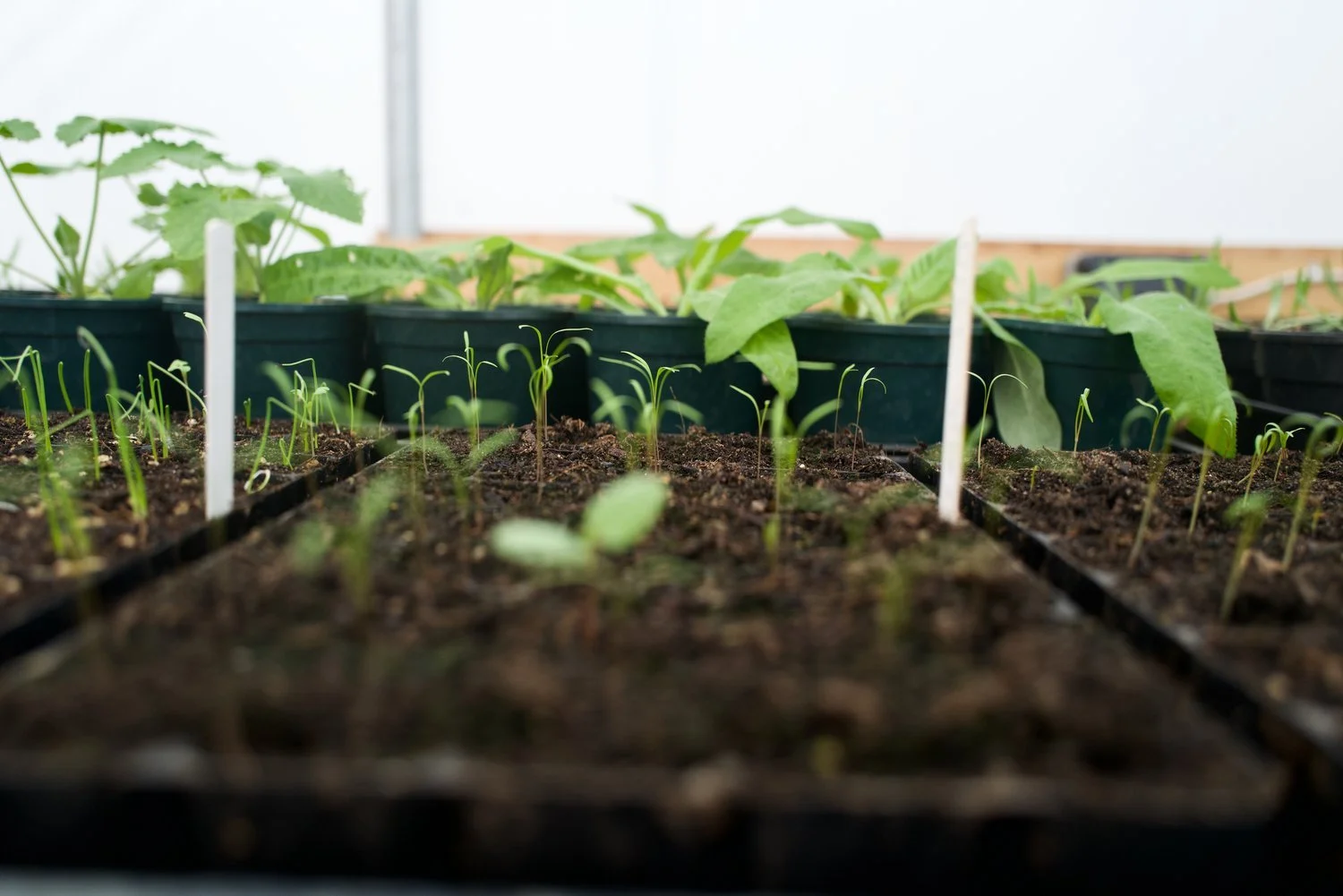
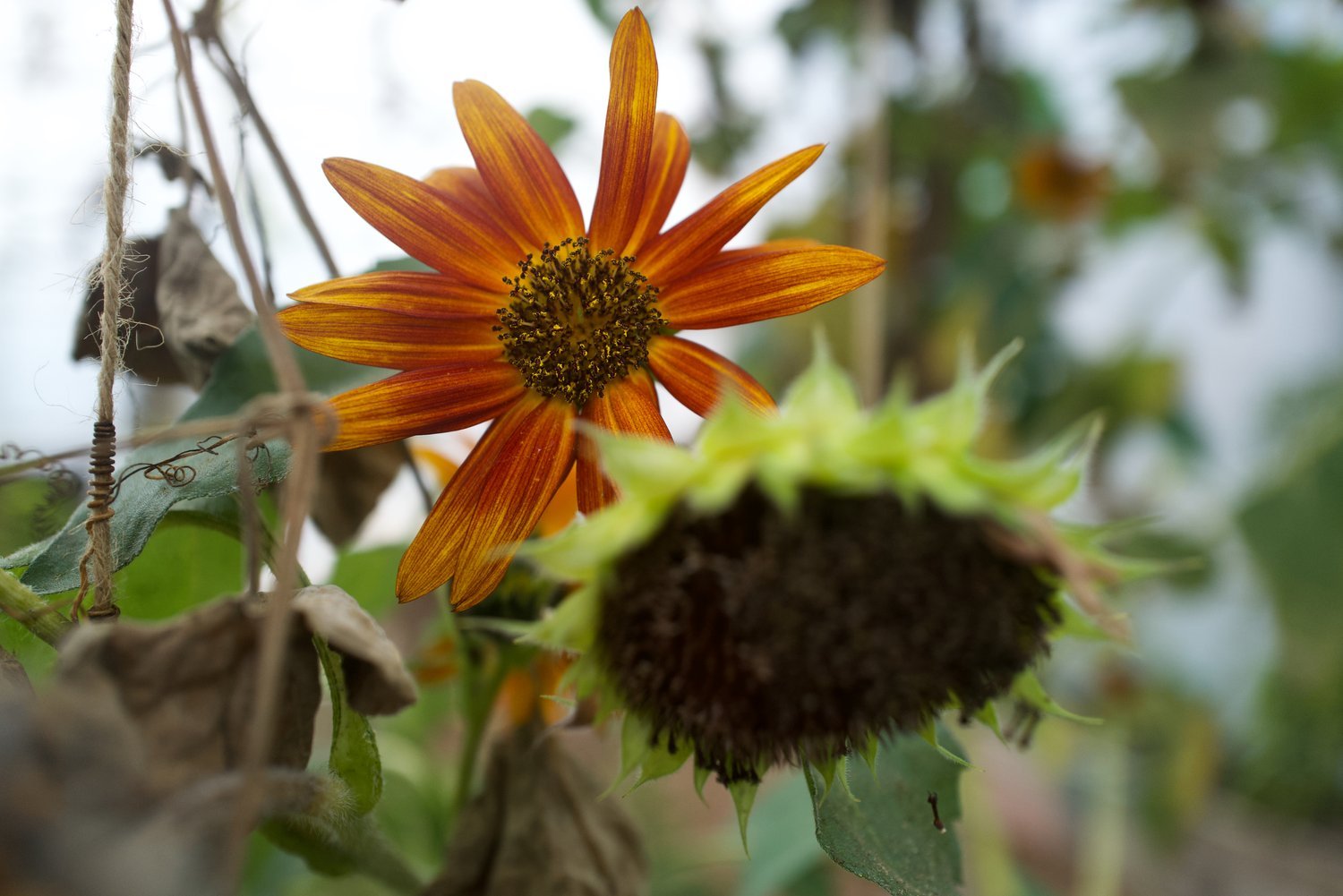
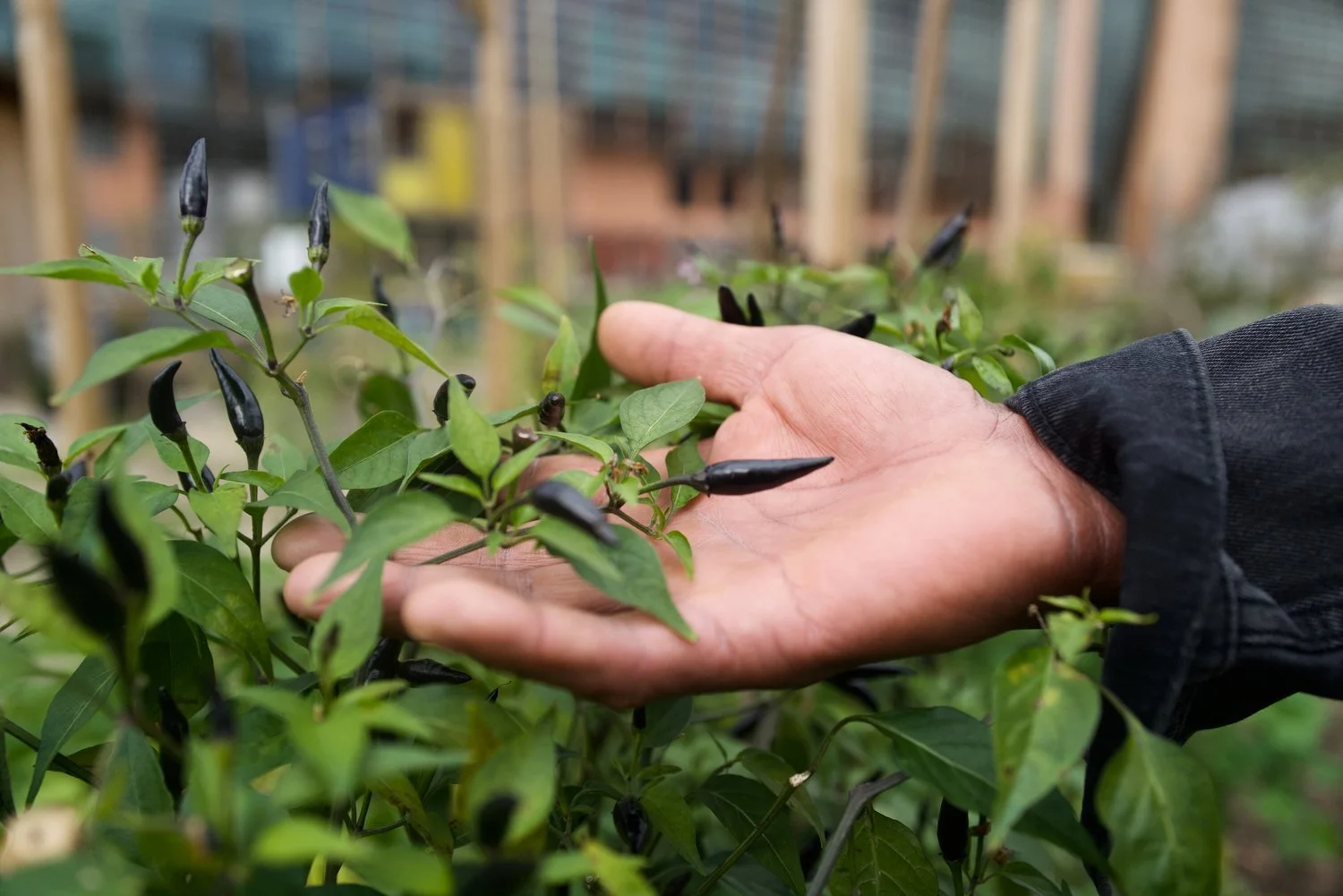
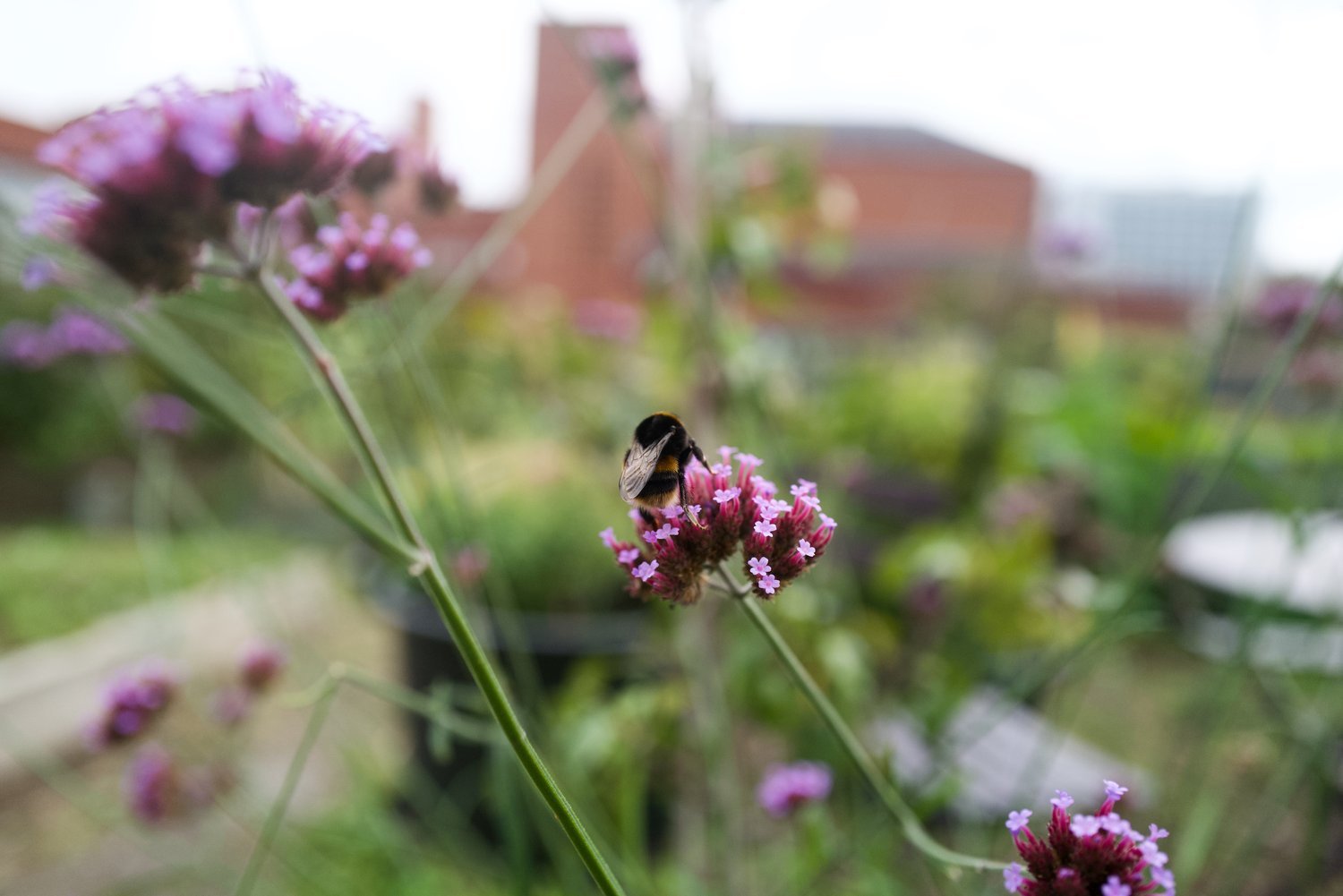
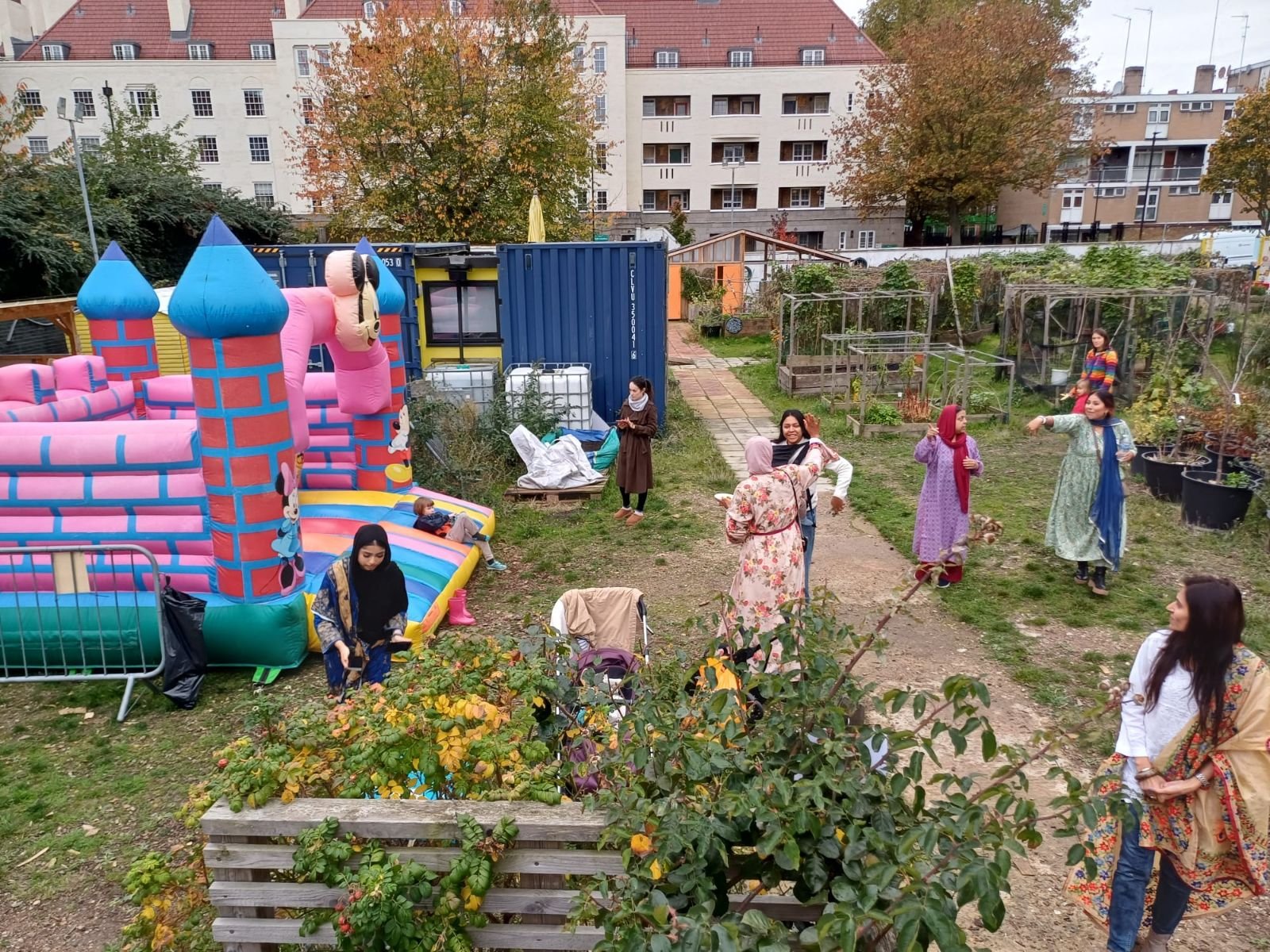

Meet our second cohort of earth build trainees! Their focus has been on all things wood, including green woodworking and the timber construction of the kitchen. They have learned on the job, while working on our sustainable natural build construction project to create our first permanent community garden, at the #TriangleSite.